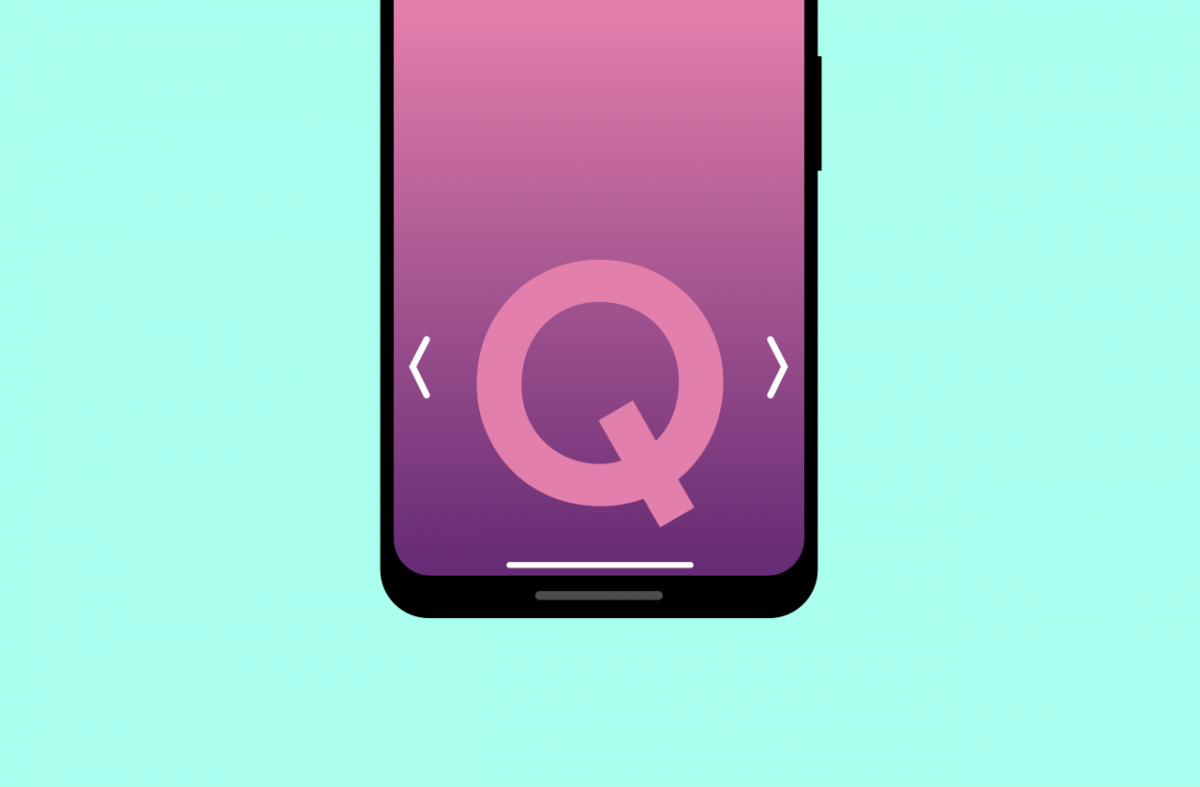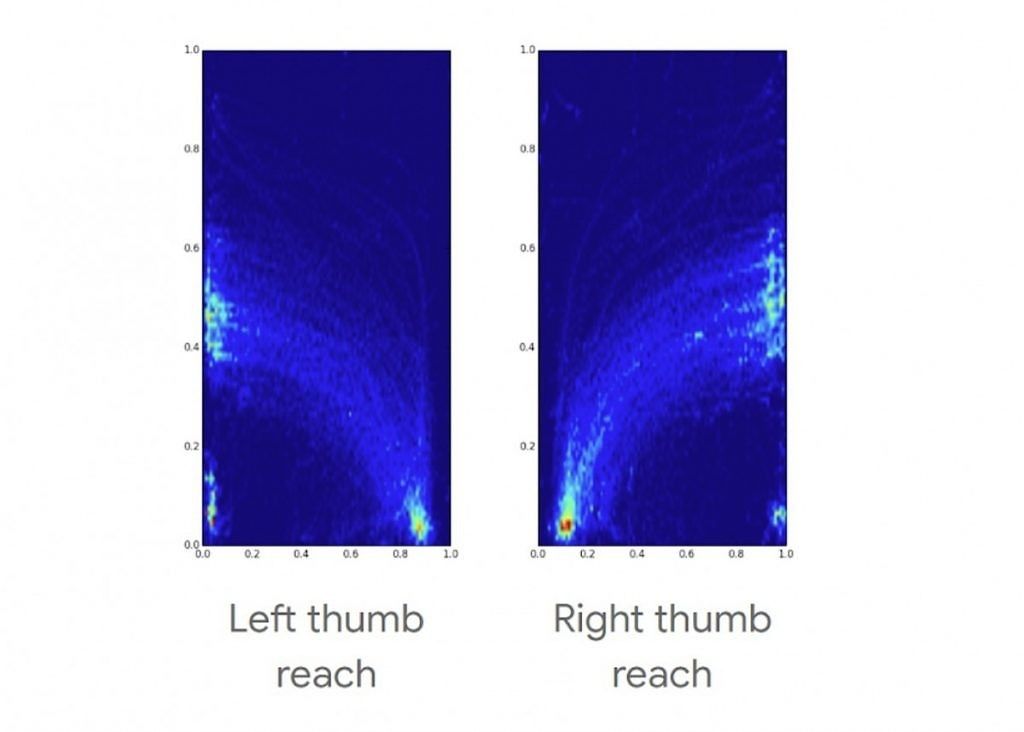Android Q's public release is just around the corner and when that happens we're going to see a lot of feedback from end-users who will be trying out the gesture navigation for the first time. The gesture navigation system is the biggest change to the UX in recent times, as they fundamentally alter how users would be navigating across the OS. Users will now need to swipe in from the left/right edge to navigate back, swipe up from the bottom edge to jump to the home screen, and swipe in from the bottom corners to trigger a virtual assistant. So far, these gestures have invited a lot of praise as well as criticism from users, essentially dividing the community based on user preference. In a new post on the Android Developers Blog, Google is defending the gesture navigation on Android Q and is attempting to explain the rationale behind the various decisions involved.
Google's decision to give gestures a try was inspired by the increasing adoption of these gestures by Android partners, as well as innovative Android apps such as our very own Navigation Gestures app (which Google mentioned in the blog post). Gestures were deemed to be faster, more natural, and more ergonomic than software buttons. They require a stronger intention to invoke as compared to software buttons that could be accidentally touched. Further, gestures leave open a lot of screen real estate for apps and other content, which goes along with the general trend of bigger screens and smaller bezels.
But, with these positives being stated, Google also realizes that gestures do not invoke the same reaction from every user. They can be harder to learn and require a conscious effort to alter muscle memory. They also interfere with navigation patterns within apps in some cases. Further, Google's biggest problem with gestures was the fact that every OEM implemented them differently, leading to a fragmentation of navigation experiences. This is a big problem from Google's point-of-view as it leads to varied experiences across the OS on a core subject like navigation, effecting both users and developers.
Because of this fragmentation, Android Q's gestures will be the default gesture navigation for new Android Q+ devices. This decision is being in conjunction with Google's efforts to standardize the navigation experience with partners like Samsung, Xiaomi, Oppo, HMD Global, OnePlus, LG, Motorola, and others. However, since these gestures are not suited for everyone, especially for those with limited dexterity and mobility, the gestures will co-exist alongside an option to enable the three-button navigation bar for software buttons.
Google then further defends the decision to go with the current implementation of gestures, mentioning how all of their decisions are backed by extensive research and testing on the entire gamut of the subject. The two core gestures in the current implementation, Back and Home, were designed to coincide with the most reachable and comfortable movement areas for thumbs.
Android Q's gesture navigations came after testing several other navigation implementations and prototypes. In conclusion of those tests, users viewed Android Q's model as more adaptive for one-handed use.
Google does note that the Android Q gestures interfere with App Drawers and other swipes within apps. But given the prolific use of Back, Google ended up taking the hard decision of asking developers to resolve conflicts with the system gestures. To facilitate the process, Google has provided additional resources which detail good practices for developers to adopt. If your app utilized gesture-based navigation within itself, we recommend reading through the resources that Google mentions at the bottom of their post. Gesture navigation is the way forward, so we best adapt.
Source: Android Developers Blog



